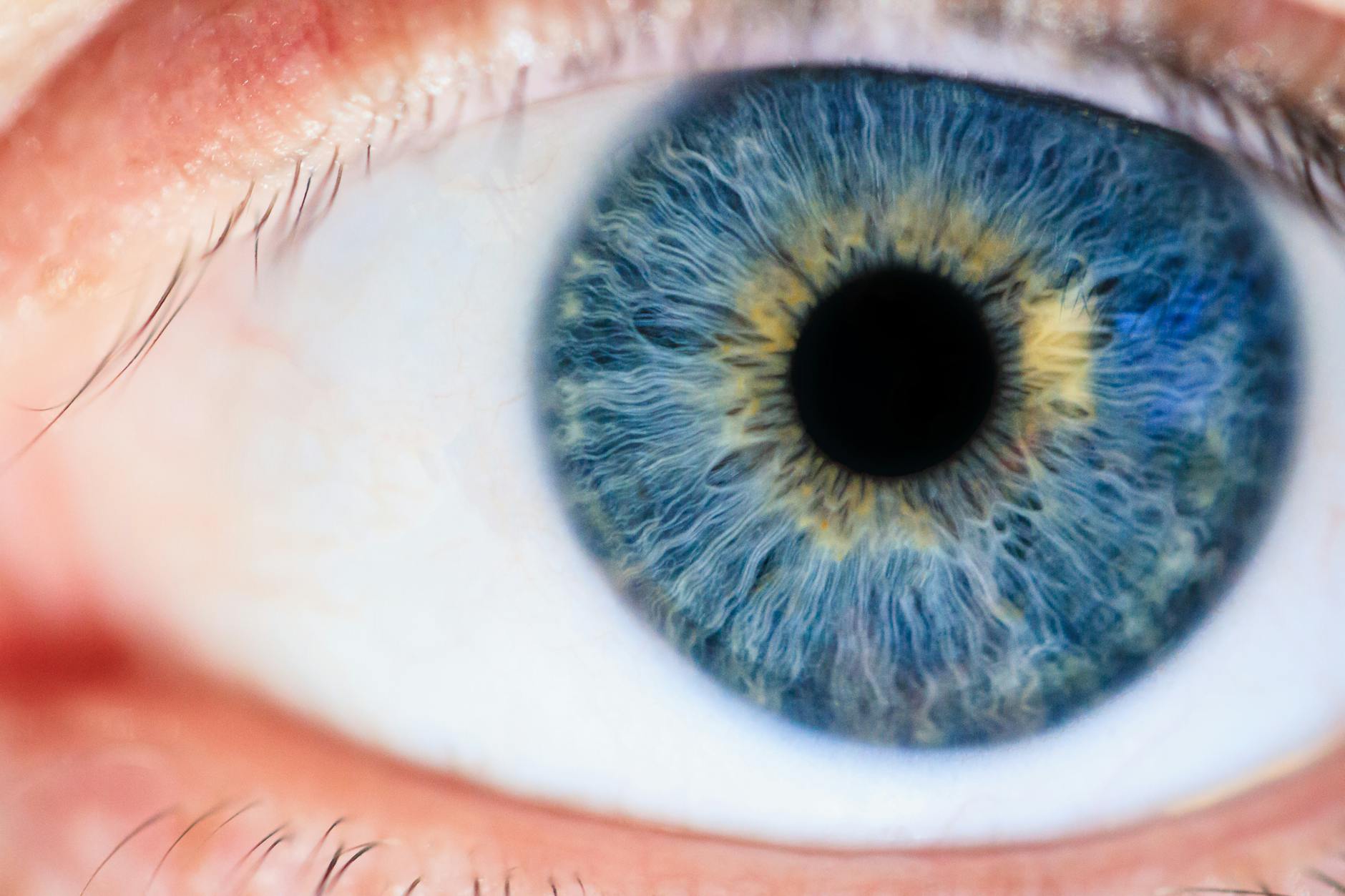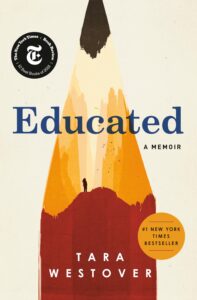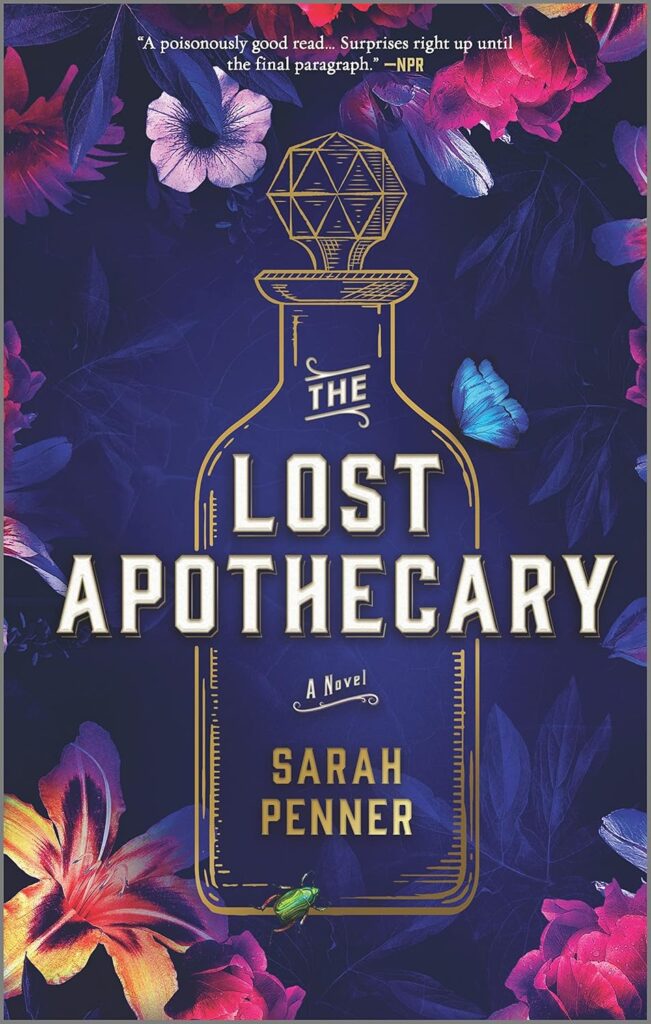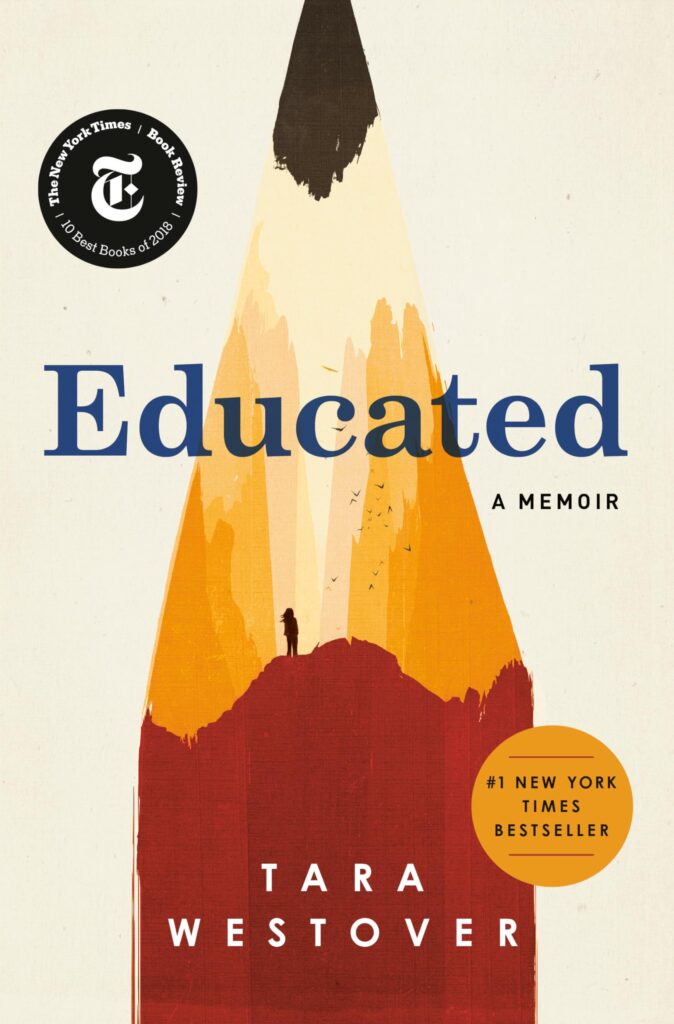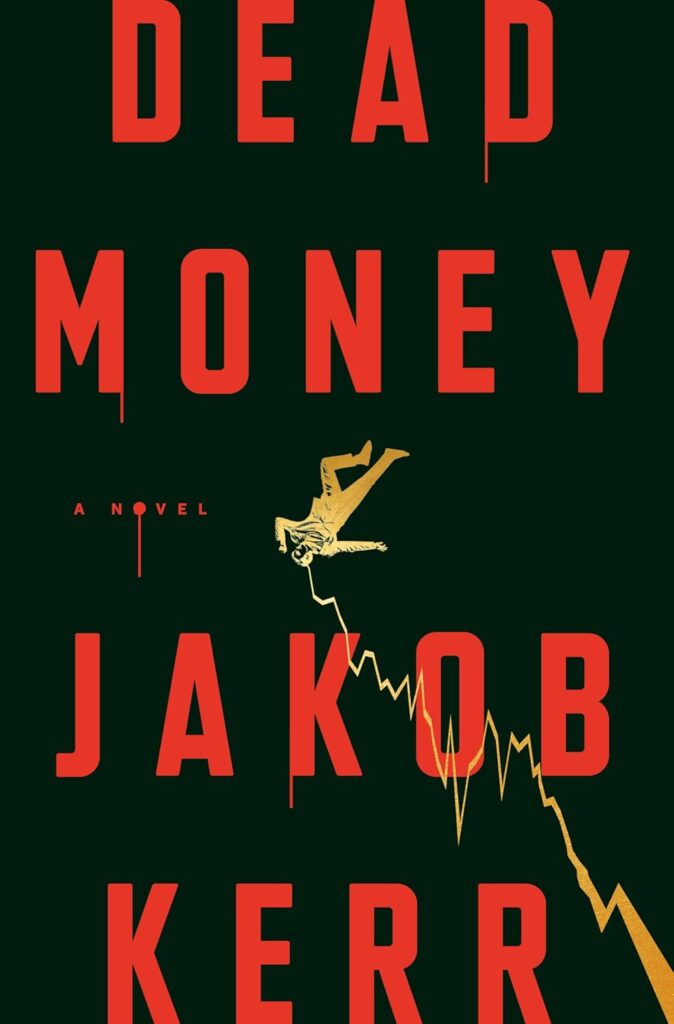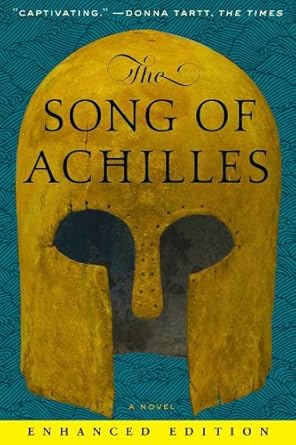Reading is a rather marvelous thing, isn’t it? Entire worlds unfold before your eyes, one word at a time—assuming, of course, your eyes can keep up. For some of us, these unruly organs behave as though they’ve had one too many cups of tea, darting about the page with the grace of a toddler chasing bubbles. This, my dear reader, is where eye tracking comes into play. It’s the unsung hero of smooth, fluent reading, ensuring your poor brain isn’t left scrambling to stitch together breadcrumbs of text.
Now, imagine if your eye muscles were as disciplined as a royal guard, following each line with precision. That’s the goal of eye tracking exercises—simple activities designed to whip your peepers into shape. Whether it’s reducing those pesky line skips or improving focus, these exercises can make reading less of a chore and more of the joyful escape it’s meant to be. Stick around, and we’ll sort those wandering eyes of yours like a pro. Pip-pip!
Here’s a handy video for reference!
What is Eye Tracking in Reading?
Imagine if your eyes were the suave secret agents of your body, sneaking from word to word with unparalleled agility, dodging any line-skipping disasters or comprehension catastrophes. Well, that’s exactly what they’re meant to do when you read—thanks to eye tracking. It’s the delightful little process where your eyes coordinate their movements to latch onto words and whisk through sentences. But when it falters? It can make reading feel like trying to decipher hieroglyphics on a bumpy train ride.
Let’s take a closer look at how those peepers do their dance across the page and what happens if they fail to toe the line.
Understanding Eye Movements During Reading

Photo by Ana Claudia Quevedo Estrada
When you read, your eyes don’t glide smoothly across the page as you might imagine. Oh no, their journey is far more theatrical. Instead of moving in one seamless motion, they alternate between two distinct actions: fixations and saccades.
- Fixations are the moments when your eyes hit the brakes, pausing to soak in a word or a small cluster of words. These are the pit stops of reading, and the length of these pauses often determines how quickly or slowly you consume text.
- Saccades, on the other hand, are the daring leaps your eyes take from one fixation point to the next, like Tarzan swinging between vines—or at least that’s the idea in theory. Sometimes, with poor tracking, saccades can resemble a miscalculated leap, resulting in skipped words or backtracking.
And let’s not forget pursuits, those smooth eye movements we use whenever our gaze follows a moving object outside of reading. While not as prominent during text consumption, they contribute to the overall coordination and efficiency of our eye movements.
For those interested in peering deeper into the science of how our eyes move during reading, resources like The Science of Reading: How Eye Tracking Unlocks Insights offer an evidence-based breakdown of this complex ballet.
Common Signs of Eye Tracking Issues
Now, spare a thought for the poor souls whose eyes stumble through sentences like they’re wearing roller skates on a gravel road. These individuals often show tell-tale signs of eye tracking problems, which can turn even the shortest paragraph into a Herculean challenge. Here are some symptoms to watch for:
- Skipping lines or words: If you’ve ever found yourself reading the same sentence five times because you keep losing your place, your eyes might not be playing nicely.
- Slow reading speed: When eye tracking is off, even short texts can feel like running a marathon through treacle.
- Losing place mid-sentence: Instead of fluidly transitioning between words, the eyes may hop chaotically, leaving you scrambling to retrace your thoughts.
- Fatigue or headaches while reading: Straining to keep up with inefficient eye movements can leave your brain feeling like it’s been juggling flaming torches all afternoon.
Vision therapy and targeted exercises can help address these issues, giving your eyes the tools they need to navigate text like seasoned pros. For a more comprehensive list of signs, Tracking Problems from the University Eye Center offers a wealth of insight into these visual hiccups.
With this knowledge in hand, you’re well on your way to understanding the finer mechanics of eye tracking—and why it’s so pivotal to making reading as effortless as a Sunday morning. Next, we’ll dive into the exercises that can transform your eye movements from chaotic scribbles to well-choreographed art. Tally-ho!
The Impact of Poor Eye Tracking on Reading Skills
If you’ve ever tried to read while your eyes behaved like a squirrel confronted with a field of acorns—darting to and fro with no sense of purpose—you might just get a glimpse of what poor eye tracking feels like. It’s not just about looking, you see; it’s about coordinating those peepers so they glide smoothly across the page, picking up all the critical bits of information. When eye tracking falters, the consequences on reading can be as disruptive as a brass band playing during a quiet lecture. Let’s break it down, shall we?
Effects on Reading Fluency

Photo by Pixabay
Reading fluency is all about rhythm and speed. It’s the lovely flow you experience when your eyes move seamlessly from one word to the next, almost like a graceful waltz. But when eye tracking isn’t on point, this dance turns into an awkward shuffle. Without smooth visual movements, each jump to a new word or line can be unnecessarily slow, disjointed, and downright clunky.
Your brain relies on your eyes to be its star couriers, delivering words in proper order and timing. Poor eye tracking can feel like getting paused mid-sentence every five seconds, leading to a reading pace that’s slower than a snail at tea. The natural “music” of reading—the part that makes it enjoyable and engaging—gets completely disrupted. It’s not just about speed, either; the start-stop nature of ineffective eye movement can create frustration and exhaustion, turning an evening’s cozy reading session into a struggle.
To dig deeper into the impact, the folks at Eye Trends mention that inefficient eye movements break the continuous rhythm necessary for smooth reading, leading to what they call “stuttering” of visual engagement.
Challenges in Reading Comprehension
Reading comprehension—the fine art of absorbing what you’ve read—is often the first victim of poor eye tracking. Imagine skipping lines, missing words, or generally feeling like you’re trying to assemble a jigsaw puzzle where half the pieces have gone rogue. That’s what happens when your eyes lose their place. When those trusty ocular muscles can’t anchor properly on the page, it’s all too easy to jump lines or even entire sections of a paragraph.
The problem here isn’t just about losing your spot; it’s the domino effect it creates. Every time you backtrack or skip forward unintentionally, you risk missing key information, leaving the text’s meaning as murky as a London fog. It’s particularly troublesome for longer or more complex material where every word adds to the bigger picture. Over time, this habit can lead to reduced confidence, as each reading attempt feels less like an adventure and more like a tedious climb up a slippery slope.
Experts at Central Vision Opticians emphasize how visual tracking deficiencies can starve the brain of continuity, ultimately impacting the ability to process and retain information. If you can’t lock onto the words properly, the narrative simply doesn’t stick.
So, the next time your reading seems to feel “off,” take a moment to consider whether your eyes are working in harmony—or if they’re pulling you into a whirlwind of confusion and inefficiency. Weak eye tracking is like having the pages of a book out of order; no amount of rereading can compensate for the underlying scramble.
Effective Eye Tracking Exercises for Improving Reading
If you’re tired of your eyes playing a spontaneous game of “jump rope” while you read, fret not—there’s hope for those wandering peepers. Eye tracking exercises can help readers of all ages by training and strengthening the muscles that guide your gaze along text. Think of these exercises as a sort of gym session, except instead of dumbbells, you’ve got books, patterns, and even apps. Allow me to introduce a few techniques that will have your eyes gliding through sentences with the finesse of a figure skater on freshly polished ice.
Finger-Gliding Technique

Photo by Ibrahem Bana
Ah, the humble finger—an unsung hero in the pursuit of reading fluency. The finger-gliding technique is as simple as it sounds: you use your finger to trace along the lines of text while reading. It’s like giving your eyes a shepherd to keep them from wandering off into the wilds (or the next paragraph prematurely).
By anchoring your gaze on your finger’s movement, this technique supports smoother reading and minimizes those little hiccups where your eyes double back or lose their place entirely. Over time, it trains your eyes to follow a set path, much like how you teach a puppy to heel. It’s particularly helpful for young learners or those re-learning to track properly after visual challenges.
Want a few more tips on how to sharpen this technique? This guide explains how adding peripheral vision exercises can further enhance optical coordination, creating a harmonious rhythm between your eyes and brain.
Tracing Patterns and Letters
Now, here’s a delightful activity that feels more like a preschool art class than eye training. Tracing patterns, shapes, or even letters is a fantastic way to give those ocular muscles a proper workout. Whether it’s following the curvaceous swoop of an “S” or the angular sharpness of a “K,” this exercise builds precision and control in your eye movements.
You can use a printed worksheet dedicated to visual tracking or simply draw some shapes on paper and challenge your gaze to follow them as smoothly as possible. For an extra dose of fun, especially with kids, turn it into a game—who can trace the alphabet with their eyes the fastest?
This method improves the coordination needed for effective reading and strengthens the linkage between visual input and mental processing—a lovely bonus. As described in these helpful methods, it’s also a great stepping stone for those working on hand-eye coordination.
Ball Tracking Activities
If you think following a moving ball sounds more like a sports drill than a reading exercise, you’re not entirely wrong. But it’s a fabulous way to sharpen your eyes’ ability to pursue and focus on moving objects—skills that transition beautifully to reading. Smooth pursuit movements (as they’re officially called) help your eyes glide effortlessly between words and avoid those dreaded skips or backtracks.
This could be as simple as tossing a small ball from one hand to the other, following it with your eyes, or tracing the ball’s path as it moves across a screen or track. Got a bit of time and ambition? Create a target course on your wall and have the ball bounce off it while you track its every move. Who knew eye exercises could double as a miniature Olympic event?
For more ideas on incorporating dynamic visual activities into your routine, check out these ball strategies.
Using Technology and Apps for Eye Tracking
Who says old-fashioned exercises get to have all the fun? Technology has joined the fray with innovative apps that integrate eye tracking into their platforms. Apps like Beeline Reader and Voice Dream Reader merge coordinated eye and auditory input, helping readers stay focused and aligned while working through text. These tools highlight text as it’s read aloud or guide your focus from one sentence to the next, turning even the most distracted reader into a laser-focused scholar.
For those who geek out over tech, apps such as Athena Eye Control even detect your reading speed and customize pacing to match your focus capabilities. And if you’d like an immersive experience that captures your gaze in real-time, iTrack Reading offers insights into optimizing your reading flow, quite literally placing power at the tip of your gaze.
While the more traditional methods can feel like a throwback to simpler times, these apps shine particularly for teens and adults who prefer tech-savvy solutions over paper-based exercises. Whether you’re making use of augmented reality tools or simple eye-following resources, there’s no shortage of digital companions to lend a helping hand—or rather, a guiding light.
By incorporating these exercises into your daily routine, you’re not just giving your eyes a workout—you’re setting them up for a lifetime of optimized reading. Now, onwards to the next chapter of our eye-tracking adventure!
Incorporating Vision Therapy and Professional Guidance
Navigating the world of eye tracking issues and reading difficulties can feel a bit like trying to tame a hyperactive cat—it’s tricky, unpredictable, and you’re not entirely sure where to start. But fear not! With the aid of professional assessment techniques and vision therapy, those errant eyes can be coaxed into a more cooperative state. Let’s explore how professionals diagnose these issues and what vision therapy can bring to the table beyond simple exercises.
Assessment Techniques for Eye Tracking Issues

Photo by Antoni Shkraba
Diagnosing eye tracking challenges isn’t as simple as squinting at a line of letters on a chart—though that’s often where it begins. Instead, professionals, such as neuro-optometrists and vision therapists, use a slew of specialized techniques, advanced tools, and even delicate observational wizardry to pinpoint the root cause of these woes. So, what does the process look like?
- Standardized Testing: Experts often rely on age- and grade-normed tests to establish how your eye movements compare to the norm. This step helps create a baseline and identifies specific areas of weakness.
- Eye Movement Observation: Here’s where things get rather fascinating. Tools like high-speed cameras or eye tracking software might be employed to monitor and analyze how your eyes move across text. They’re looking for irregularities—skips, overshoots, hesitations, or anything else that screams, “Hello, I’m struggling here!”
- Ocular Motor Testing: This process involves more manual tasks, such as following moving objects or tracing patterns. Saccades are a key focus here (those daring leaps from one word to the next). Specialists evaluate whether they’re smooth and effective or closer to a chaotic game of hopscotch.
For those who enjoy a more clinical dive into the techniques, the Advanced Vision Therapy Center offers an excellent breakdown of the tools and methodologies that professionals bring to the table.
Benefits of Vision Therapy for Reading Issues
Vision therapy isn’t just about teaching your eyes to do line dances across the page, though it certainly helps with that. Think of it as a comprehensive boot camp where your eyes—and the brain that commands them—learn to work in harmony. This isn’t your average set of “do this and you’re fixed” exercises. It’s a tailored, personable affair.
Here’s what makes vision therapy so effective:
- Addressing Root Causes: Unlike simply masking the symptoms, a well-designed therapy program goes straight to the root. Trouble integrating visual input? Check. Poor coordination between your two eyes? Sorted. Vision therapy is customized to tackle the very foundation of tracking issues.
- Building Visual Stamina: For readers who fatigue faster than a sprinter in a marathon, therapy introduces gradual, adaptive methods to extend focus times and build endurance. Think of it like converting your visual system from a rusty bicycle into a well-oiled racecar.
- Boosting Visual Perception: Reading isn’t just about seeing letters; it’s about interpreting them. Vision therapy often includes exercises that sharpen spatial awareness, depth perception, and pattern recognition—all critical for fluent reading.
Intrigued by its potential? The folks at Optometrists.org explain how a personalized vision therapy program improves a reader’s fluency through enhanced coordination and perception.
So, while exercises can be one piece of the puzzle, adding professional vision therapy elevates the entire process to another level—kind of like upgrading from a pocket calculator to a full-blown computer.
Implementing Eye Tracking Exercises at Home
Training your eyes to become disciplined readers doesn’t require a fully equipped therapy center or an army of specialists. The beauty of eye tracking exercises is that many can be done from the comfort of your living room—no fancy gadgets necessary, just a sprinkle of creativity and a bit of patience. Whether you’re an enthusiastic parent or someone looking to give your own vision a little pep, this section lays out practical advice to get started.
Creating a Routine for Practice

Photo by Antoni Shkraba
Consistency is your best friend when it comes to eye training. After all, no one ever became a master of anything overnight—except perhaps the art of procrastination. To truly see results, eye tracking exercises need to become part of your regular routine. Think of it as sending your eyes to the gym—a few minutes a day can yield incredible improvements over time.
The key here? Set realistic goals. Start small, with 5-10 minutes a day, and gradually increase as your eyes adjust to the workload. Overcommit, and you might find your resolve collapsing faster than a soufflé in a windstorm! Here’s how to create a schedule that sticks:
- Choose a consistent time: Attach exercises to something you’re already doing—like just before dinner or after brushing your teeth.
- Mix it up: Keep things interesting by rotating through different activities, such as letter tracking one day and ball pursuits the next.
- Track your progress: Create a simple chart to not only keep tabs on what you’ve done but to also give yourself a pat on the back (or perhaps some celebratory chocolate) for your dedication.
Trust me, sticking to a plan isn’t just about discipline; it’s about creating a habit so automatic that skipping it feels as odd as leaving for work without shoes.
For step-by-step ideas on various home exercises, check out 8 Vision Therapy Exercises To Do At Home for some inspiration.
Making Exercises Fun and Engaging
Let’s be honest—repetitive routines can feel as thrilling as watching paint dry. So why not inject a bit of fun into the mix? Gamifying eye tracking exercises is not only great for kids but can also bring out the inner child in adults. Because who doesn’t want an excuse to toss around a ping-pong ball or doodle aimlessly without feeling guilty?
Here are some cheeky but effective ideas to make eye training a more enjoyable affair:
- Bring out the colors: Use brightly colored objects, like crayons or stickers, for tracking exercises. Bright colors naturally grab attention and make the activity visually stimulating.
- Turn it into a game: Channel your inner table tennis champion with a balloon or ping-pong ball. Serve it low and slow, encouraging your eyes to follow its trajectory without moving your head. It’s both playful and surprisingly effective.
- Involve technology: Several apps integrate visual pursuits into games. For example, Serious Games for Vision Training combines modern eye-tracking tools with interactive challenges that make exercises feel less like work and more like a digital adventure.
- Create mini contests: Challenge your kids (or even yourself!) to “eye races,” where you see who can follow a pattern faster or more precisely. Winner gets applause—or chocolate, if you’re feeling generous.
By turning these exercises into moments of joy rather than duty, you’re not only building better habits but also creating memories worth cherishing. Boredom, be gone!
Conclusion
Eye tracking holds the key to unlocking smoother, more enjoyable reading experiences, transforming what might feel like a strenuous slog into a seamless flow of comprehension and engagement. By dedicating just a bit of time to exercises that target those unruly peepers—be it tracing patterns, following moving objects, or using innovative apps—you can dramatically improve both fluency and focus. The benefits extend beyond the page, touching academic success and everyday confidence.
So, why settle for squabbling eyes when you can guide them into harmony? Equip yourself with these techniques, explore what works best, and delight in watching words leap into life with newfound clarity. And as you embark on this journey (now with eyes that actually behave), remember: every effort lays the groundwork for a lifelong love of reading. Cheers to better, brighter pages ahead!

